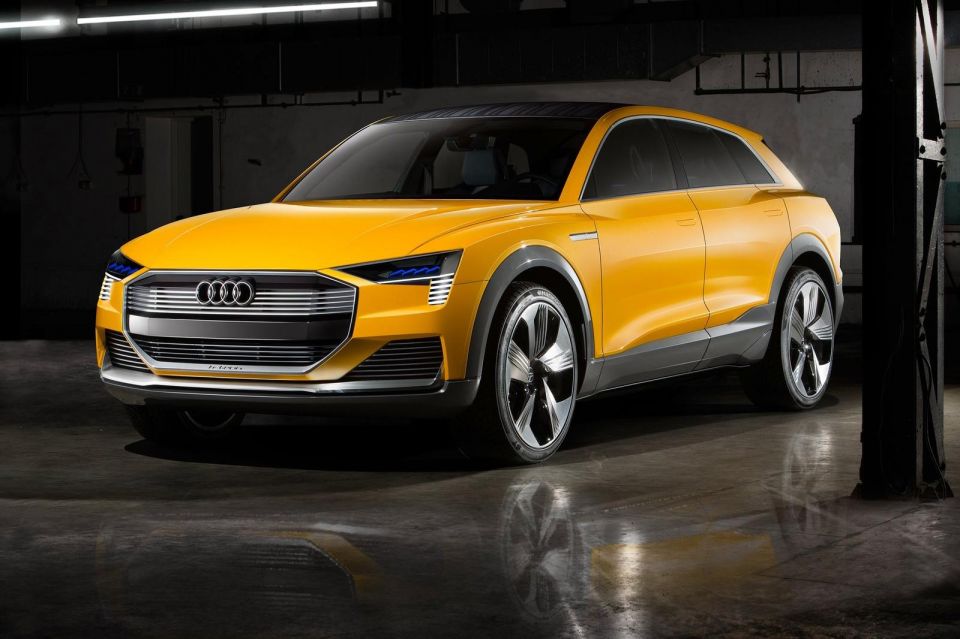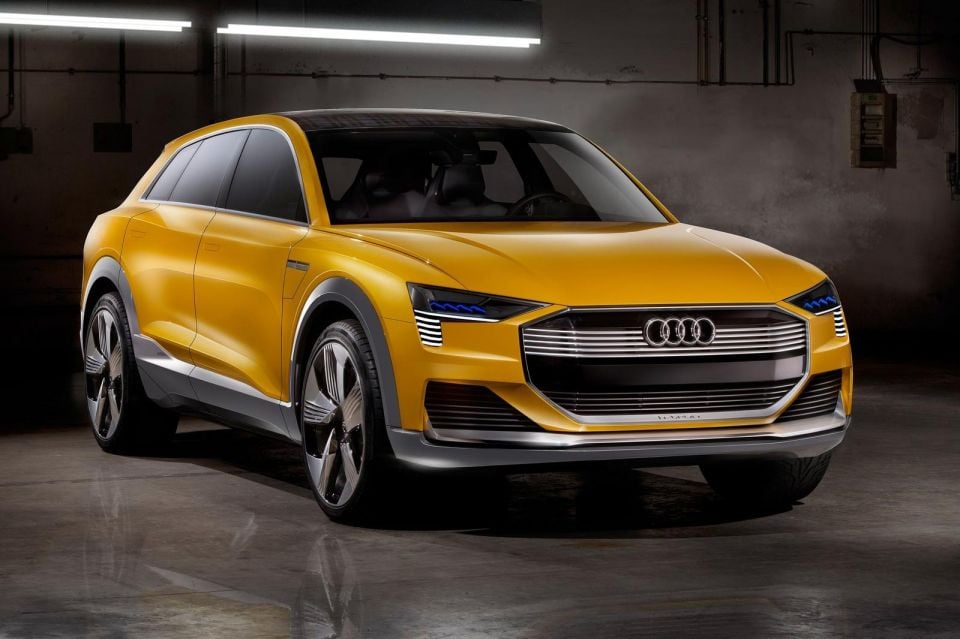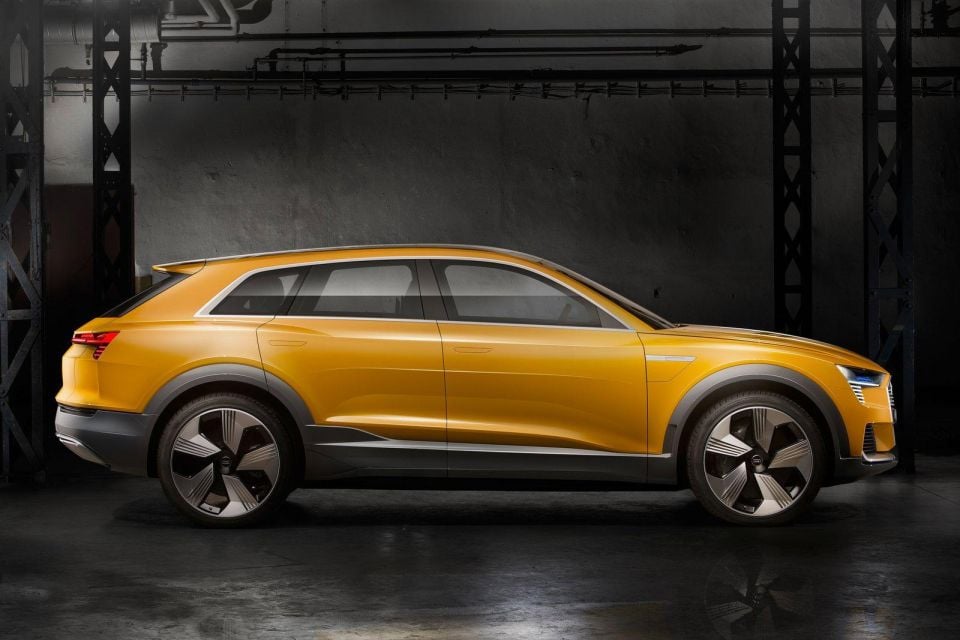

Damion Smy
Automakers missing NVES emissions targets to be named and shamed in 2026
1 Hour Ago

Contributor
Some carmakers are still committed to developing hydrogen fuel-cell cars, but Audi isn’t one of them.
It’s committed to an electric future for passengers cars and four-wheel drives, and is effectively putting a line through hydrogen fuel-cell technology.
“I don’t think the fuel-cell will be relevant for cars in general,” said Audi head of corporate strategy, Silja Pieh.
“We have the Vorsprung 2030 strategy, and that sets a clear focus on electric mobility,” she said.

Audi has committed to ending internal-combustion development by 2026, and to releasing only electric cars by 2032. It hasn’t pulled the plug on all of its hydrogen research, however.
“Audi in the [Volkswagen] Group is responsible for fuel-cell development, so the know-how is there,” Ms Pieh said.
“I am absolutely certain we will keep it on a certain level, just to be able to have it for different use cases, for example in the VW Group.
“There’s a possibility this technology will be used but I believe for Audi, for single cars, that’s not going to be important,” Ms Pieh said.

The brand has previously dabbled with fuel cells, having released the h-tron concept in 2016 with the goal of having it in production by 2025.
It also announced it would accelerate its fuel-cell development as recently as 2019.
Audi isn’t alone in effectively abandoning hydrogen as a future fuel.
Daimler has pulled the plug on development of its fuel-cell passenger cars, while Volkswagen and General Motors are both on the record as backing electric power over hydrogen.

“You won’t see any hydrogen usage in cars,” Volkswagen CEO Herbert Diess told the Financial Times in March 2021.
It’s not all doom and gloom, though. BMW recently committed to hydrogen development and has the fuel-cell iX5 ready for production, while Toyota and Hyundai have both been busily refining their FCEV technology.
Land Rover is also developing a fuel-cell Defender, presumably as an alternative to the fuel-cell Grenadier being developed by Ineos and Hyundai.
Fuel-cell cars use pressurised hydrogen stored in chassis-mounted tanks. It’s mixed with oxygen in a stack of membranes (the fuel cell) where the chemical reaction crates electricity to power a motor.

Clean water is the only emission from hydrogen vehicles.
The draw of hydrogen-powered cars is that they allow owners to maintain the habits they’ve built with petrol and diesel cars.
However, infrastructure is limited. In Australia, there are only two publicly-available hydrogen fuelling stations (one in Canberra, and one in Melbourne) although more are coming.
Hyundai also has a station at its New South Wales headquarters, although it isn’t open to punters.
Then there’s the paucity of hydrogen refilling infrastructure, though there are also multi-megawatt hydrogen projects underway across Australia right now funded by private and public sectors, and exports are often tied to the production being driven by renewable energy.
MORE: Toyota Australia thinks hydrogen cars will soon be widely available
Where expert car reviews meet expert car buying – CarExpert gives you trusted advice, personalised service and real savings on your next new car.
Scott Collie is an automotive journalist based in Melbourne, Australia. Scott studied journalism at RMIT University and, after a lifelong obsession with everything automotive, started covering the car industry shortly afterwards. He has a passion for travel, and is an avid Melbourne Demons supporter.


Damion Smy
1 Hour Ago


Damion Smy
3 Hours Ago


Damion Smy
5 Hours Ago


Damion Smy
6 Hours Ago


William Stopford
7 Hours Ago


Matt Campbell
15 Hours Ago